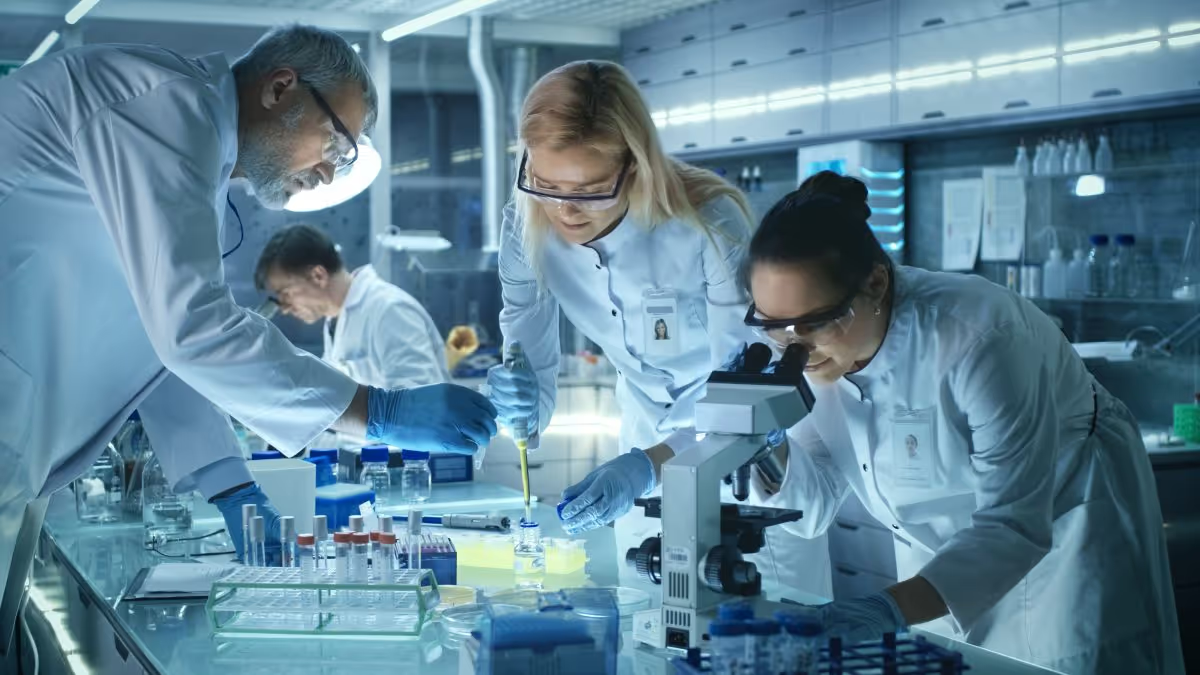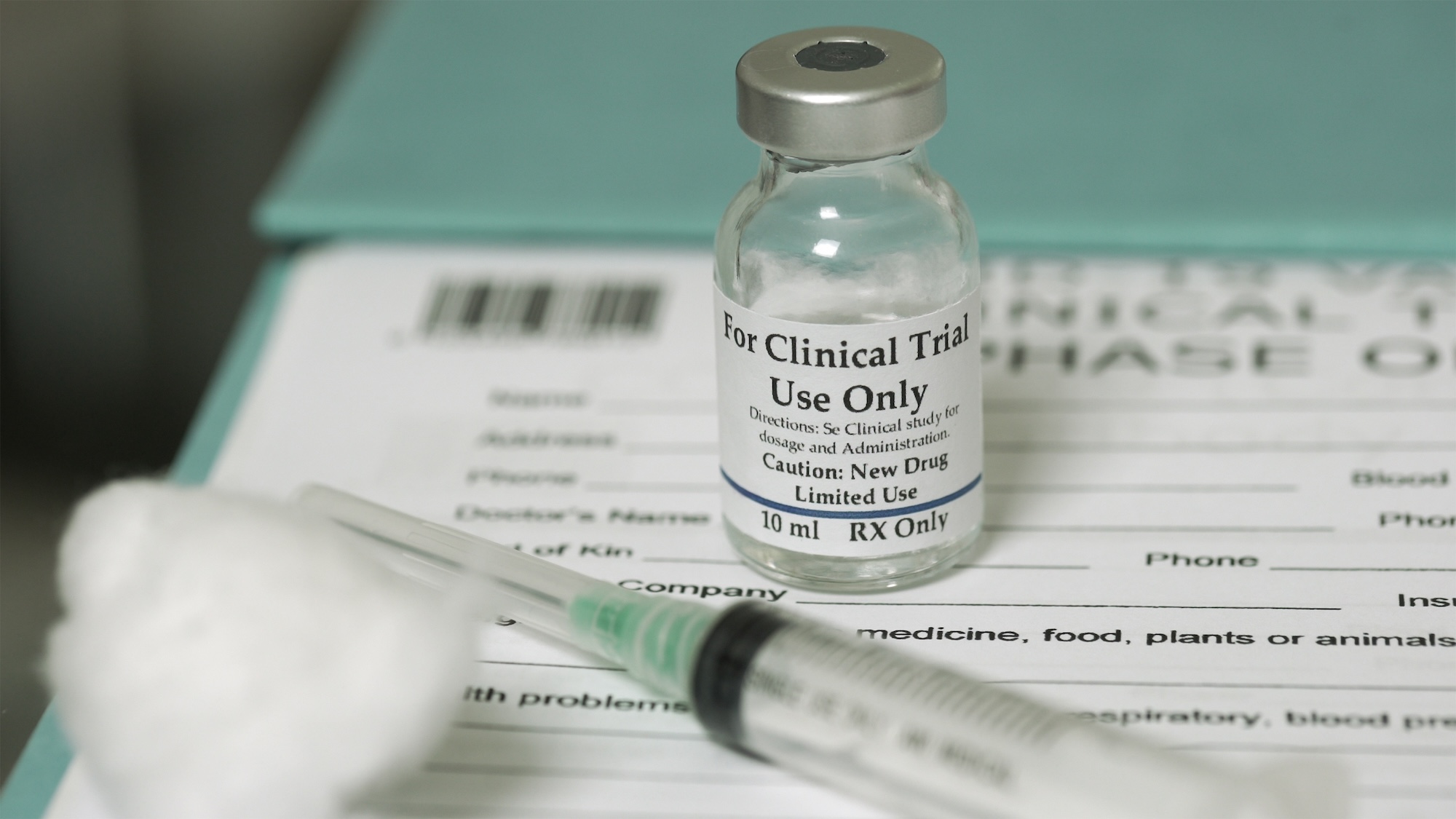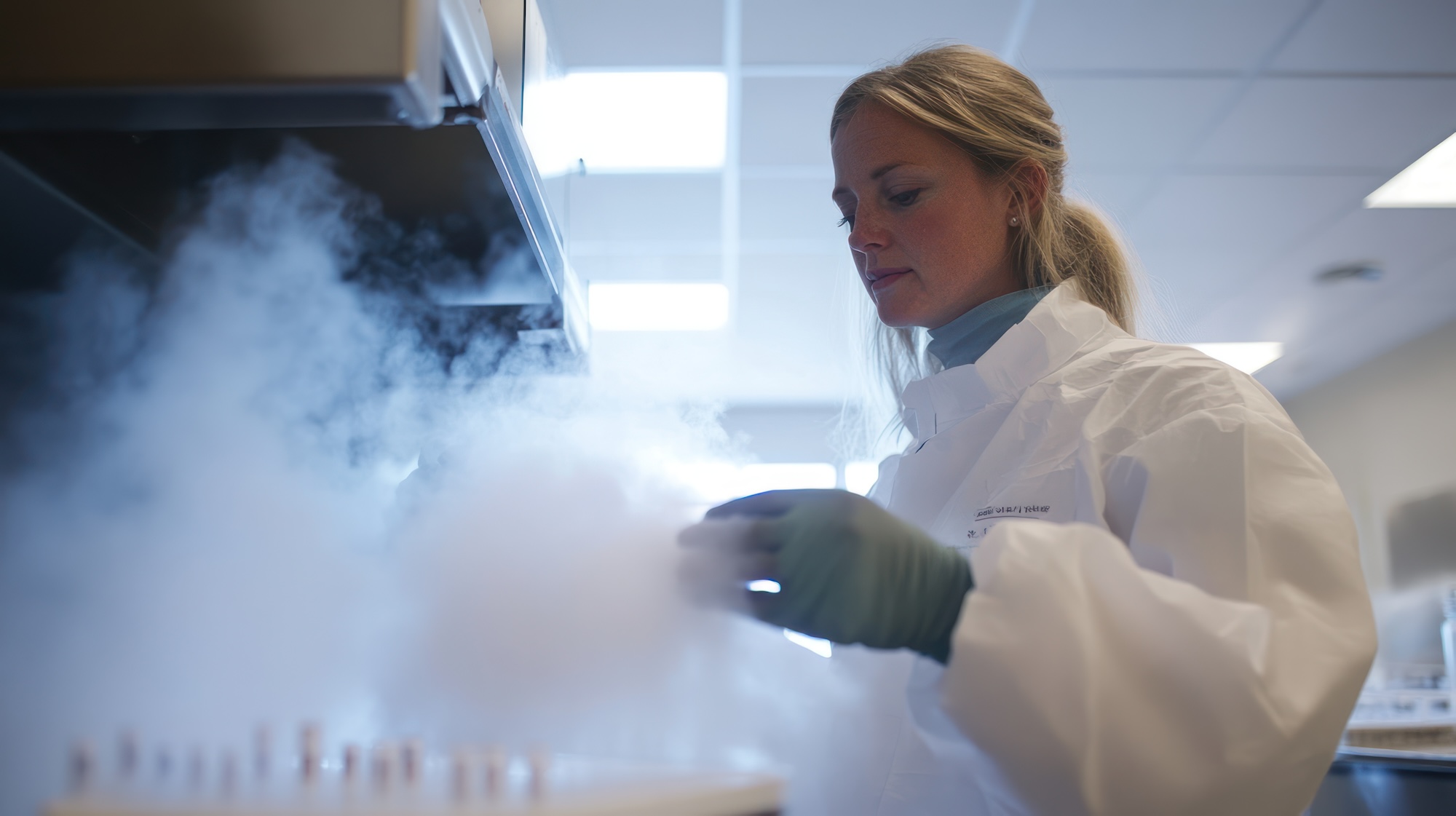Which way is the wind blowing?

IoT on temperature monitoring
While the life science industry is celebrated for innovation in drug development, it is understandably conservative in its approach to early adoption of new technologies in areas such as logistics and distribution, where reliability and predictability of operations is critical.
Items such as temperature loggers continue to use hardware formats such as USB - universal, tried-and-tested and with relatively low failure rates. However, that reliability ceases to be a factor when users fail to upload the data to the system, causing gaps in the timeline which can lead to uncertainty of the shipping condition of the goods and ultimately questions on impact on patient safety, but also lack of data for insights that could improve supply chain efficiency. As an alternative, wireless technologies have come a very long way in a short time and their advantages in terms of efficiency, cost, and error-reduction now make them a compelling choice in many use cases.
Consider a typical example, where tracking of a pharma shipment is undertaken with a conventional logger. Upon the receipt of the shipment, a member of staff has to locate the logger, insert it into another device (typically a laptop, which might be in a different location) and manually upload the data. This physical process of uploading the data takes a significant amount of time per logger - multiply this by the number of shipments/packages and the hours add up. In addition, any system that relies on manual intervention has a greater potential for human error. People get distracted, can be insufficiently trained on a system, or be reliant on 3rd party software and hardware to transfer the data itself. Consider also that wireless systems allow for information such as temperature excursions to be automatically uploaded at key points in-transit, rather than just upon arrival at the ultimate destination - by which time there may be little that can be done.
While there are situations where a conventional logger is absolutely fit for purpose, it’s definitely the case that a wireless, automated solution has particular benefits; automated, reliable excursion reporting can contribute to reducing the costly waste of spoilt shipments, as well as eliminating delays in reporting while awaiting user intervention upon arrival.
.jpeg)
So, of the most commonly used wireless protocols available, which is best? Kjell Runngren, Product Manager at TSS explains the options and their pros and cons:
“At first glance, when we look at RFID (Radio Frequency ID), we see many advantages.. It’s a trusted technology which is low cost, reliable, low power and has existed as a tried and tested standard for years. However, the need for specific, proprietary hardware scanners makes it an inflexible choice and not a global viable option.
At the other end of the spectrum, cellular/GPS logging allows for real-time, continuous tracking of high-value shipments which, in some cases, can be invaluable. However, the vast majority of shipments don’t need real time - just an update at critical points where processes for intervention can be established along the supply chain. On the downside, cellular trackers are power-hungry, often a more expensive solution, and have regulatory restrictions when it comes to air travel and won´t last through longer missions or when stuck at customs for long time (they are, after all, mini-mobile phones).
So that leaves Bluetooth. The most recent version (BLE, or Bluetooth Low Energy) is a quantum leap forward, building upon the reliability of previous generations but adding increased range and minimal power consumption. In addition, it is almost universally compatible, and the infrastructure is globally available. Every laptop, desktop, tablet or phone of the last decade will almost certainly come shipped with Bluetooth as standard.”
The upside is simple. Automated, no-touch tracking and upload to the cloud of key shipment data, such as temperature logs and location, with low cost, high reliability, and no need for expensive hardware or specialized personnel training.
Traditional monitoring equipment has served - and continues to serve - the industry well, but in a large number of cases it might well be time to cut the cord.
You may also be interested in

Exploring the solution to a global question

Automation is making temperature excursion management simpler and more efficient for clinical sites

Join us at Temperature Control & Logistics in Düsseldorf
You may also be interested in

Can You Rely on the Results from Your Clinical Trials?


